10 Best Target-Date Fund Families
The best target-date funds are a "set it and forget it" approach to your retirement, but which fund family should you trust with your money?


Target-date funds are a core component of many investors' retirement strategies. And for good reason: These funds provide a one-stop shop for retirement investors.
Every target-date fund adjusts its asset allocation from more aggressive, growth-oriented holdings in the early savings years to more conservative, capital-preservation strategies as investors near or enter retirement.
All investors need to do is choose the fund that most closely aligns with their target retirement date, and portfolio managers take care of the rest.
However, choosing a fund is easier said than done.
Target-date funds vary in their cost, structure and methodology. While one 2050 target-date fund may use 90% stocks, another could hold only 60% stocks. These differences can result in widely different investment experiences for participants.
In general, when evaluating target-date funds, keep the following in mind:
Cost: All target-date funds require some degree of active management, because someone has to make the rebalancing decisions for you.
Costs will vary depending on what these funds invest in. Some target-date funds hold lower-cost index funds, while others use active funds that are pricier but might provide the potential for higher returns or a less volatile investment journey.
"To" versus "through" glide paths: A target-date fund's glide path is how it manages the level of risk or equity (more risky) versus fixed-income (less risky) exposure throughout an investor's lifetime.
Some funds reach their lowest equity allocation at the target retirement date and then maintain that exposure throughout retirement, known as a "to" glide path, because they manage to retirement.
Other funds manage through retirement by continuing to de-risk after (or through) the target retirement date.
The "to" glide path strategy argues that the riskiest day of an investor's financial life is the day they retire. Managers of "through" portfolios would argue that, because investors are living for 30-plus years in retirement, they need higher allocation-to-growth investments at their retirement date.
Aggressiveness: Target-date funds offer varying degrees of aggressiveness. The fund families on our list range from 99% equities in the early years to 82% equities; in retirement, they range from 55% equities to only 8%.
Funds heavier in stocks have higher growth potential in theory, but they're riskier and have the potential for more volatile returns.
Read on as we look at the distinguishing features of 10 of the industry's best target-date fund providers.
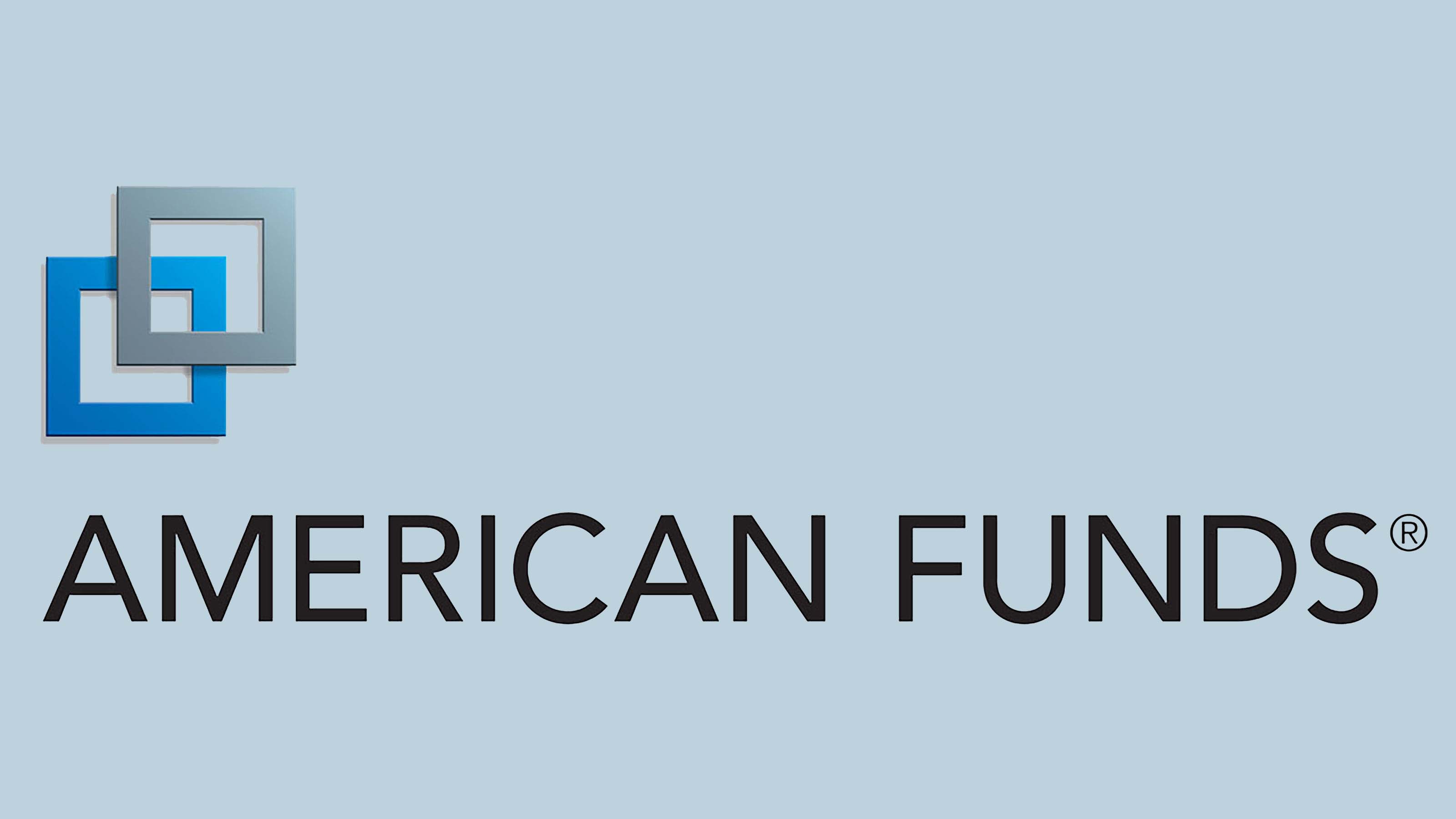
American Funds
We'll start with the American Funds Target Date Retirement Series, which focuses on balancing investors' two primary objectives when investing for retirement: building and preserving wealth.
Morningstar's 2024 Target Date Landscape report noted that the series was one among two whose category rankings showed the most improvement. It received the second-most target date mutual fund inflows in 2023, for example, and moved up to third place among similar funds for net inflows (mutual funds and CITs).
Morningstar analysts say it continues “to deliver strong 10-year returns compared with [its] peers."
"When it comes to building and preserving wealth, it's easy to do one or the other, but it's difficult to do both," says Rich Lang, multi-asset investment director of the American Funds Target Date Retirement Series. "As Morningstar has recognized, the American Funds Target Date Series is able to solve for both with our differentiated glide path and active management."
The fund uses a glide path-within-a-glide path strategy. By shifting into larger-cap, dividend stocks around and into retirement, the funds can mitigate some volatility without needing to lean more heavily on fixed income.
American Funds' target-date funds start at a 90% equity allocation, moving to 45% equities at retirement and finally settling at 30% equity. That puts this family around the middle of the pack in terms of degree of equity exposure.
"We're most excited about the outcomes we've been able to generate for participants, whether it's building or preserving wealth," Lang says. "Our Target Date Series has created more wealth for participants over its lifetime than any other target date peer while taking on less risk than the average peer."
Learn more about American Funds' target-date funds at the provider site.

Fidelity
Fidelity has been in the target-date space for nearly 30 years. It provides three types of target-date funds, which can be distinguished by the type of underlying funds each invests in:
- Fidelity Freedom Funds invest in primarily actively managed funds.
- Fidelity Freedom Index Funds invest entirely in passively managed underlying funds.
- Fidelity Freedom Blend Funds invest in a mix of actively and passively managed funds.
As such, the Freedom Funds have the highest expense ratios, while the Freedom Index Funds have the lowest of the three fund types.
"Diversification is a core principle within Fidelity's target-date strategies, which provides a balance among asset classes to help navigate the uncertainty of capital markets over long-term time periods," says Sarah O'Toole, institutional portfolio manager at Fidelity Investments. Over the past several years, Fidelity has increased diversification within the strategies.
Fidelity's target-date funds use a "through" glide path, continuing to adjust the asset allocation after retirement to manage the risk of running out of assets in retirement, which the company believes to be the most significant risk to retirees.
"As investors approach and enter retirement, their ability to 'hedge' a potential income shortfall is reduced, because new or additional sources of income may not be available," O'Toole says. Fidelity's "through" glide path "addresses the challenge of retirement investors' long-time horizon by balancing the potential for short-term volatility with long-term retirement income objectives."
The Freedom Funds progress from a roughly 90% equity allocation early in the savings period to a 57% equity allocation at retirement, then continue to reduce equity exposure for approximately 18 years in retirement, finally settling at 32% equities.
Learn more about Fidelity's target-date funds at the provider site.

BlackRock
BlackRock manages three series of target-date mutual funds, all of which are only available in retirement plans.
"LifePath Index is our low-cost strategy that uses index building blocks to provide broad market exposures," says Nick Nefouse, head of retirement solutions and global head of LifePath multi-asset strategies and solutions. "LifePath Dynamic looks to build on that long-horizon foundation, seeking higher risk-adjusted returns by also incorporating shorter-term insights and strategies from BlackRock's active platform."
One of the firm's newer offerings, LifePath ESG, also uses low-cost indexes, but it incorporates ESG indexes alongside the traditional market-cap weighted ones.
Each series uses the same research and glide path, going from 99% equities in the early accumulation years to 40% at and through retirement. Unlike most of the other target-date funds on this list, BlackRock's funds don't continue to de-risk into retirement.
"The riskiest day of your financial life is the day you retire, so we have our lowest equity weight at the point of retirement," Nefouse says. This landing point of 40% equity and 60% high-quality fixed income is a reflection of "LifePath's retirement objective [of] maximizing spending, limiting spending volatility and addressing longevity risk."
Dating back to 1993, the LifePath series has seen more changes and market cycles than any other target-date fund manager, he says. "We are constantly striving for innovation . . . Our latest innovation will eventually bring guaranteed income to the familiar target-date fund vehicle, and further into the future, we hope to leverage technology to bring retirement security to even more people."
The LifePath Index series is also a Gold-rated target-date series by Morningstar.
Learn more about BlackRock's target-date funds at the provider site.
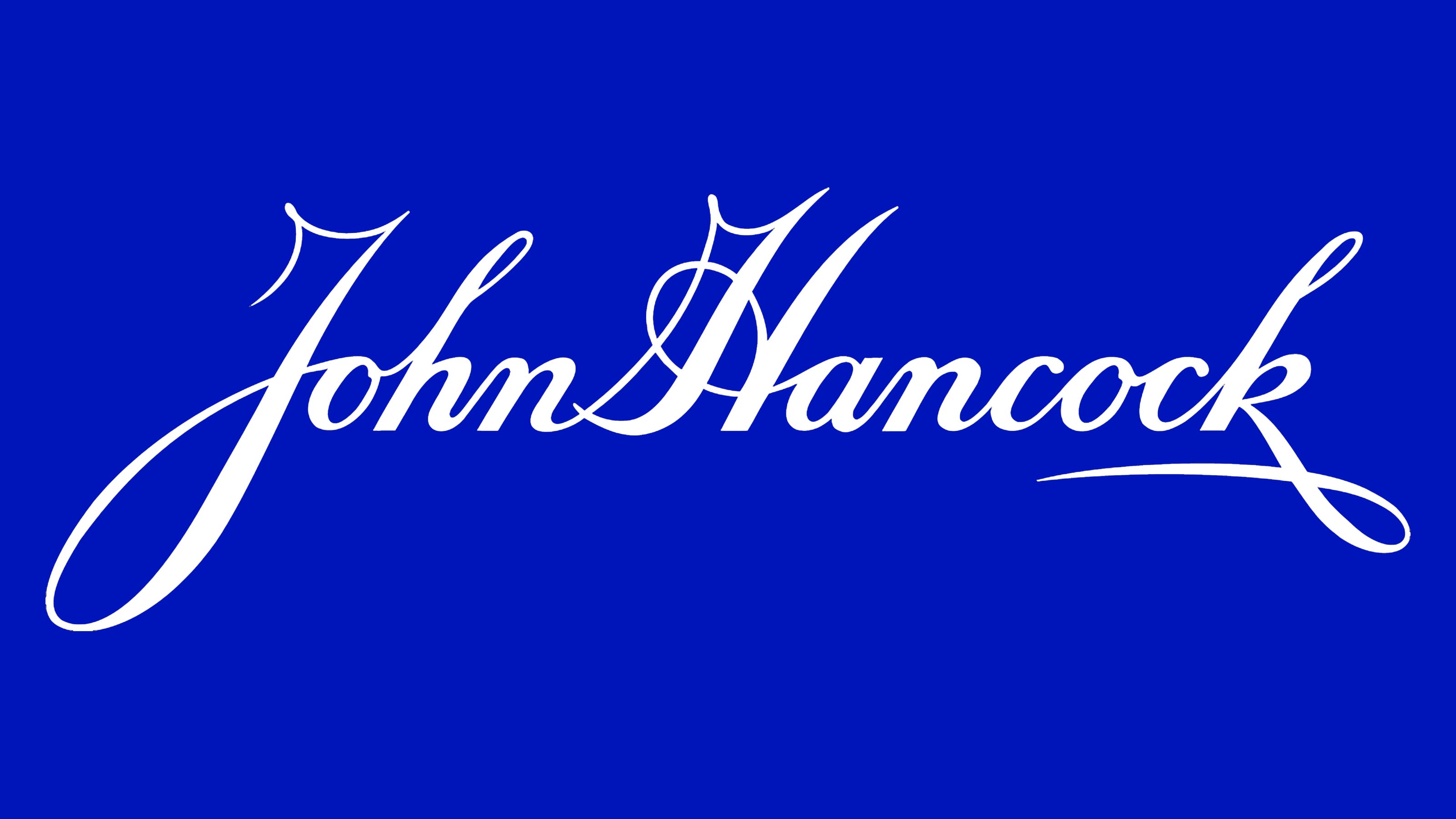
John Hancock
John Hancock Investment Management's Multimanager Lifetime Portfolios and Lifetime Blend Portfolios follow a "through" glide path that begins at 95% equity, tapers to 50% at retirement, then stabilizes at 25% equity throughout retirement. This makes the funds more aggressive than average in the early years and more conservative than average in later retirement.
Both of the above funds "aim to maximize pre-retirement wealth accumulation while minimizing post-retirement longevity risk," says Phil Fontana, global head of product management at John Hancock Investment Management.
The Multimanager Lifetime Portfolios are actively managed, while the Lifetime Blend Portfolios "use ETFs and low-cost active allocation strategy to minimize the impact of expenses on portfolio returns."
The investment approach is built on more than 25 years of multi-asset investing and includes diversification across several asset classes. The funds are managed by the multi-asset solutions team at Manulife Investment Management, John Hancock's affiliated asset manager, using both proprietary and third-party funds.
"Proprietary funds undergo the same scrutiny and due diligence process as non-proprietary funds," Fontana says.
The multi-manager approach includes more than 20 portfolio management teams, so they provide diversification not only in the assets they hold but also the style of management used within the funds.
Learn more about John Hancock's target-date funds at the provider site.

PIMCO
PIMCO's target date series, called RealPath Blend, combines active fixed-income management with passive equity management as a way of combining the benefits of active management where it counts most while mitigating the cost premium often paid for the additional oversight.
"Industry data supports that active management in fixed income has historically provided more consistent positive results relative to what is observed with active equity management," says Erin Browne, managing director and portfolio manager at PIMCO. "Also, [the] fee premium for active versus passive management in fixed income is typically smaller compared to equity."
The strategies use a "to" glide path that gradually de-risks from roughly 95% equities at 45 years from retirement to around 35% equities at retirement, making it one of the most conservative portfolios on retirement day. This coincides with PIMCO's research that suggests the more conservative approach is better for retirees whose riskiest day is the day they retire.
"Glide paths which continue to de-risk into retirement generally have higher equity exposure immediately at retirement – a time when retirees are most susceptible to market corrections," Browne says.
Similarly, as retirees progress through retirement, Social Security becomes a larger component of their income. This means that the retiree's effective exposure to fixed income, [since] Social Security acts like a real bond, is naturally rising already," she says.
Despite this conservative approach with an eye toward Social Security, Browne says PIMCO's RealPath Blend series focuses on limiting retirement income shortfalls. "We aim to provide as consistent as possible outcomes across an entire population of participants and endeavor to do all that we can to mitigate the [bad] luck associated with retiring at the wrong time," such as at the bottom of a bear market.
PIMCO also teamed up with Morningstar Investment Management to introduce the first personalized target-date solution, called myTDF.
Instead of using industry averages as inputs to design its glide path, myTDF uses individual factors such as date of birth, salary, account balance, deferral and match rates to create customized target date funds. Since launching in December 2021, the product has been used by more than 300 plan sponsors..
Learn more about PIMCO's target-date funds at the provider site.
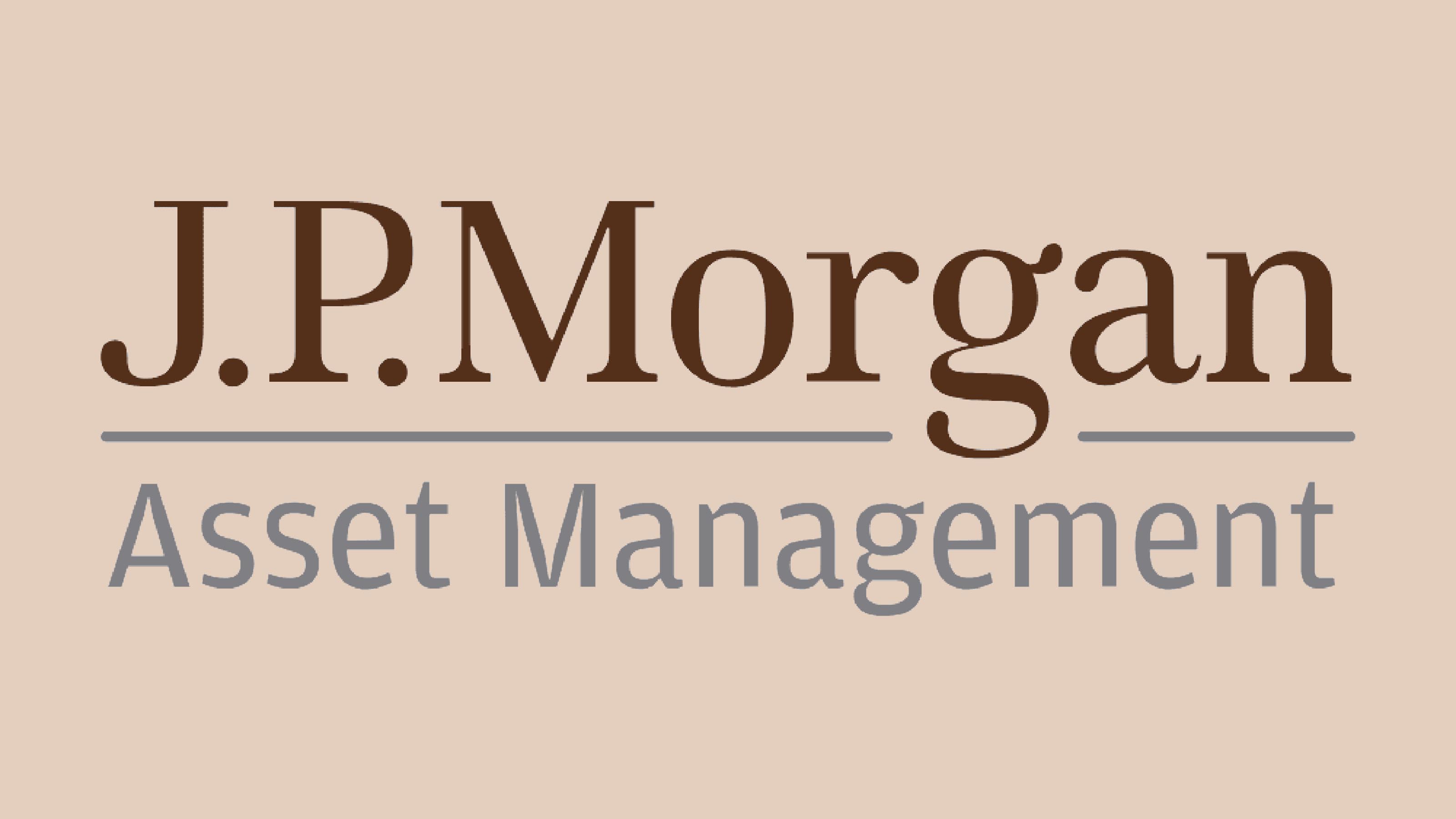
JPMorgan Asset Management
JPMorgan Asset Management's suite of SmartRetirement target-date funds, which allocate 90% to equities in the early accumulation years and 30% equities at and in retirement, are among the most diversified in their risk profile at retirement in the industry.
The firm says it’s dedicated to helping people throughout their whole journey from successfully growing their savings during their working years to making the most of those savings in retirement.
The fund managers have determined that the volatility of cash flows into and out of retirement accounts amplifies the effect of market volatility. To mitigate this, JPMorgan incorporates the real-world behavior of the average participant, including how contributions, salary and distributions change throughout a person's lifetime, into its fund designs.
The firm also designed the funds with the primary goal of ensuring the maximum number of participants can meet or exceed wage replacement in retirement. To do this, it uses a "to" glide path that reaches its lowest allocation of approximately 40% equities at retirement age.
JPMorgan offers two SmartRetirement lines: The traditional line, which is fully actively managed, and Blend, which uses index strategies in asset classes perceived to be more efficient – such as U.S. equity and developed international stocks – with active management in asset classes that are less easily or efficiently indexed.
Learn more about JPMorgan's target-date funds at the provider site.
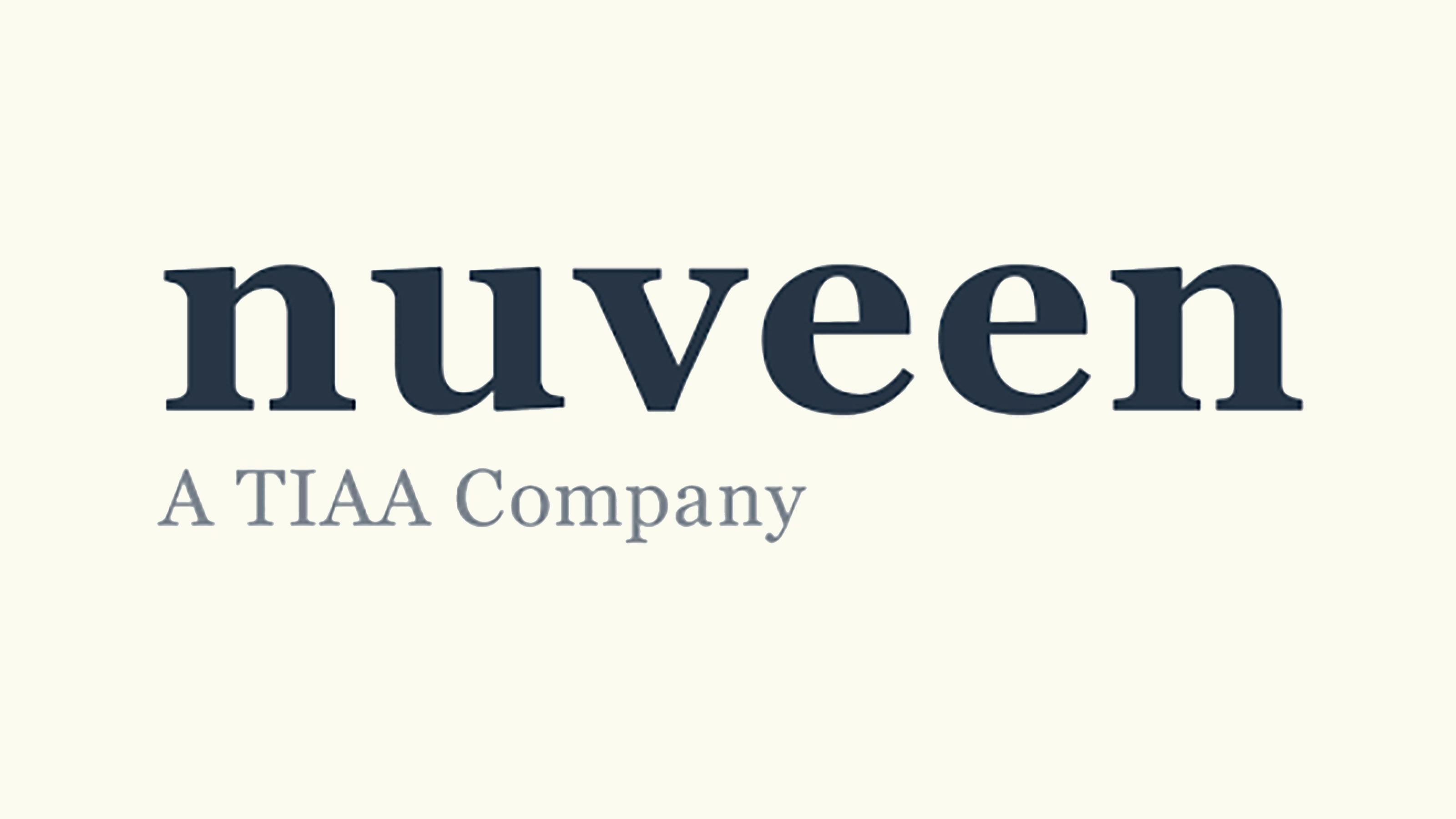
Nuveen/TIAA
Nuveen, the investment manager of TIAA, offers three target-date series: Lifecycle Active, Lifecycle Index and Lifecycle Blend. All three varieties "use the same glide path construction methodology and are managed by the same long-tenured portfolio management team," says Brendan McCarthy, head of Nuveen Retirement Investing.
Industry veteran John Cunniff leads Nuveen's target-date portfolio management team, and all three suites are available in qualified retirement plans as mutual funds or collective investment trusts from SEI.
The difference is in the underlying assets used to follow those glide paths.
The Lifecycle Active suite uses actively managed underlying funds, the Index suite uses passively managed index funds, and the Blend suite uses a combination of both. The expense ratios vary based on the level of actively managed funds used – for the most part, the more active the management, the higher the expenses.
"Our Active and Blend series are unique in the industry because they invest in direct commercial real estate, which provides important diversification benefits given its historically low correlation to equities and fixed income," McCarthy says. "In addition, commercial real estate has the potential to reduce overall portfolio volatility and provide a hedge against inflation."
Real estate is included in the Lifecycle Active and Blend funds, which maintain a 5% real estate exposure from inception to the retirement target date.
All of the Lifecycle funds use a "through" glide path that starts at approximately 95% equity. The Index suite reduces equity exposure to 50% at retirement, while the Active and Blend funds taper down to 45% equities, 50% fixed income and 5% real estate. All three fund series land at 20% equities and 80% fixed income about 30 years into retirement.
Learn more about Nuveen's target-date funds at the provider site.
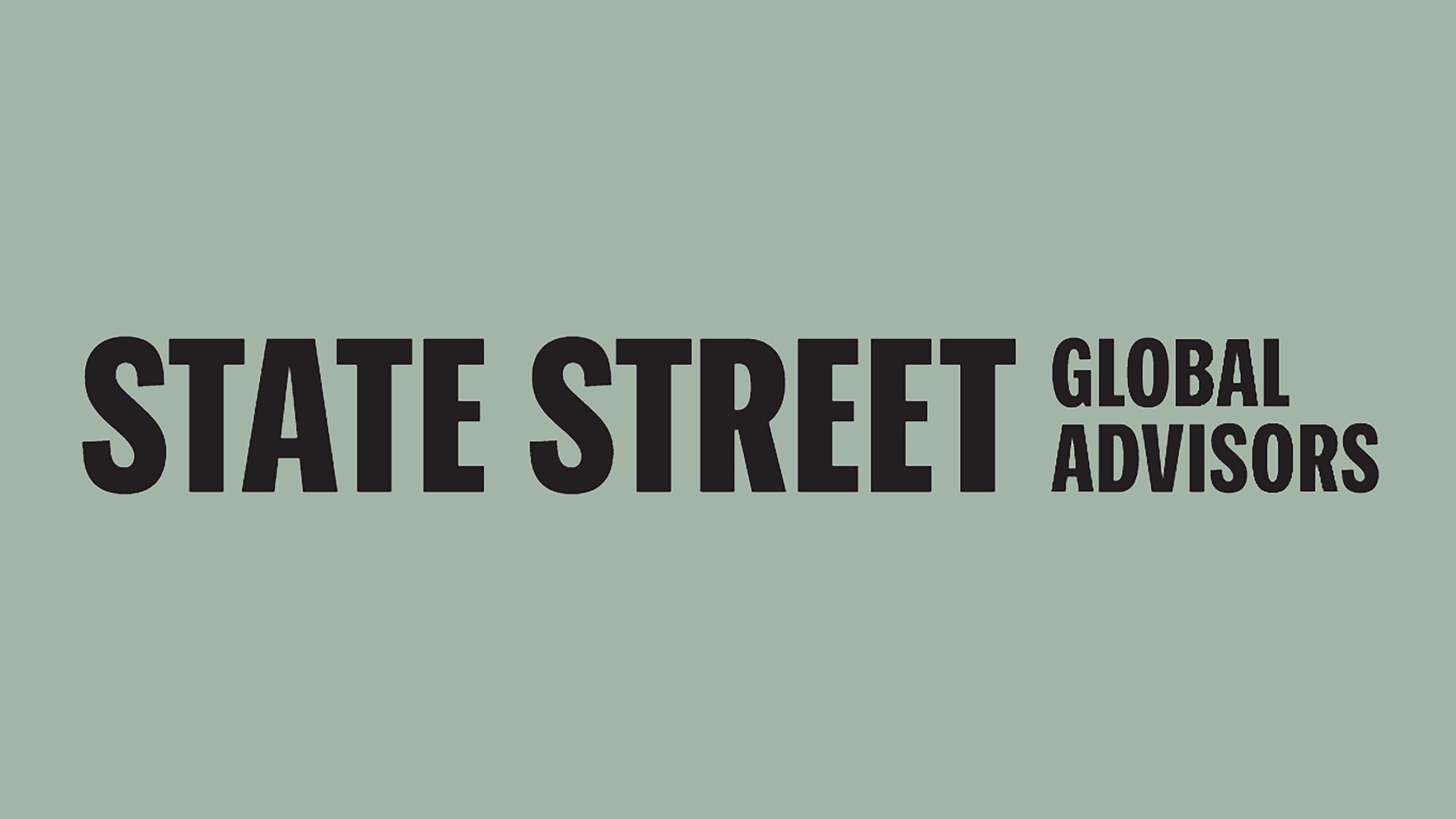
State Street
State Street has been managing target-date funds since 1995, and the flagship State Street Target Retirement series has been available to certain U.S. workplace retirement plan investors since 2005. Like some other target-date managers, State Street uses index funds underlying the glide path, enabling State Street to offer one of the lowest-cost target-date funds on this list.
State Street's Target Retirement series uses a diverse range of underlying investment vehicles, including real estate investment trusts (REITs) and commodities, to help control for key retirement risks such as inflation.
The glide path starts with an industry-average 95% allocation to growth assets (namely U.S. and international equities). It then shifts to roughly 70% growth assets at retirement (age 65), before ultimately landing at 40% growth assets at age 75.
The funds reach their most conservative at age 70 to help address the IRS's required minimum distribution (RMD) rules that mandate retirees begin taking withdrawals from pre-tax retirement accounts at age 72.
Learn more about State Street's target-date funds at the provider site.
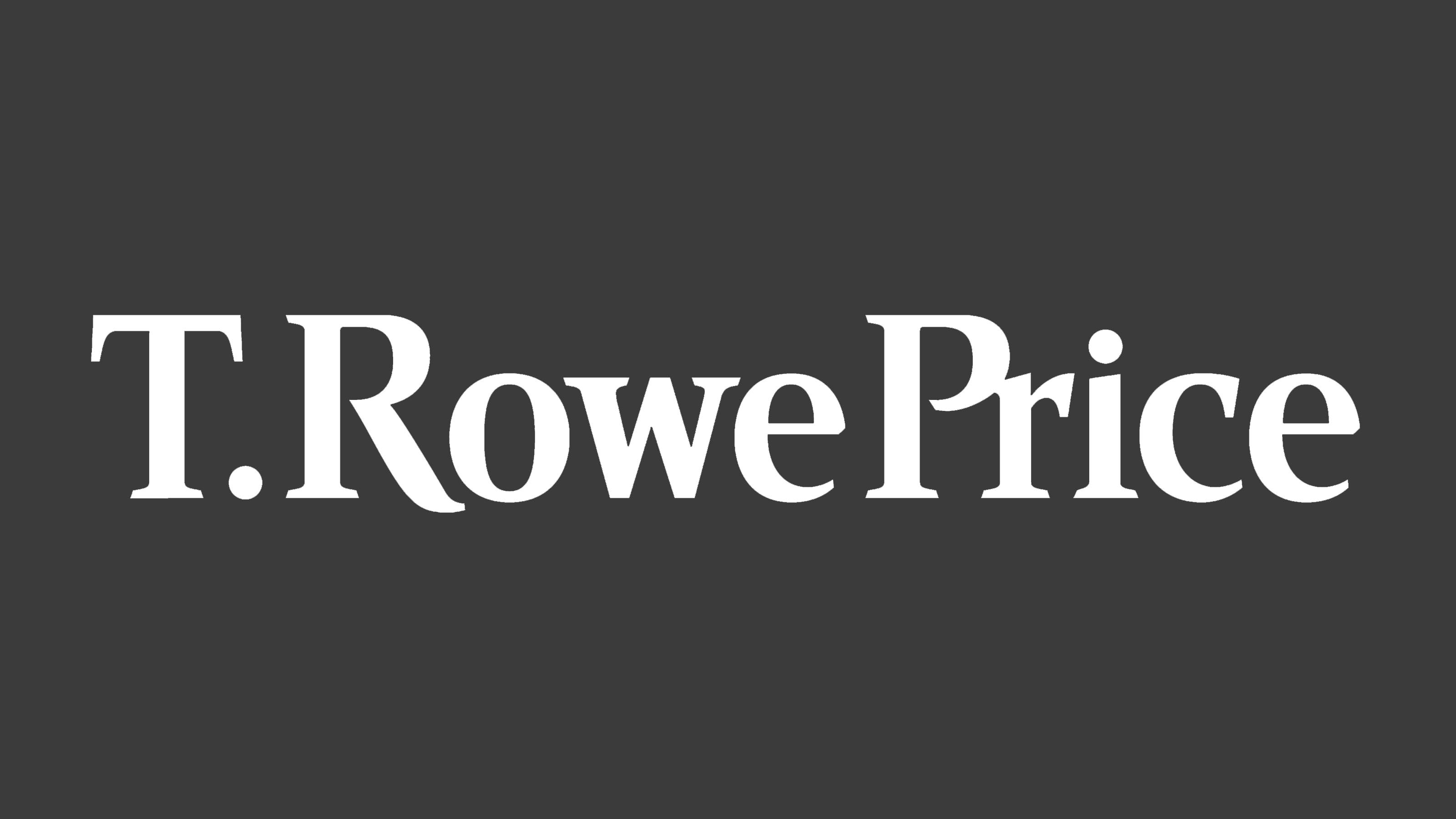
T. Rowe Price
T. Rowe Price offers two different target-date glide paths, providing both mutual fund and collective investment trust product offerings within each one.
The Retirement glide path emphasizes growth throughout the retirement journey and is designed to support long-term income replacement through retirement. The Target glide path provides a moderate approach to deliver income replacement by managing volatility and growth around retirement.
T. Rowe Price's Retirement Funds are "oriented around maximizing the potential for lifetime income," says Andrew Kuhn, portfolio specialist covering target date strategies in the multi-asset division at T. Rowe Price.
To combat the longevity risk that comes with the potential of living for 30-plus years in retirement, paired with the fact that many individuals struggle to save enough for retirement, these funds take a higher-than-average stock allocation of 55% equities at retirement. The portfolios then continue to de-risk all the way to age 95, Kuhn says.
The firm's Target Funds, on the other hand, are more focused on reducing volatility in retirement and thus follow a more conservative glide path. These are more for someone who is less concerned about maximizing their wealth or is willing to give up some of the ability of the portfolio to support withdrawals for very long years in retirement, Kuhn says.
The Target Funds are intended for, say, someone who expects a shorter retirement or who has other assets – such as a pension – that they can lean on for income. All the T. Rowe Price target-date fund series begin and end at the same allocation, but the Target Funds start reducing stock exposure earlier so that they are more conservatively allocated at and into retirement.
In July 2021, T. Rowe Price announced the launch of its Retirement Blend Fund series for investors, which was previously only available in collective investment trust format.
The Retirement Blend Funds' underlying investments are a mix of active and passive investment strategies, allowing the opportunity for excess return and potentially greater diversification in certain market sectors typically associated with active management, while also providing the market exposure and reduced costs associated with passive management.
The Retirement Blend Funds use the same glide path, diversification and tactical asset allocation as T. Rowe Price's existing Retirement series of target-date portfolios.
Morningstar has a Gold rating on the T. Rowe Price Retirement I Funds – I-Class and a Silver one on the T. Rowe Price Retirement Blend Funds.
Learn more about T. Rowe's target-date funds at the provider site.

Vanguard
As the indexing pioneer, it's no surprise that Vanguard target-date funds use index funds to achieve their goals. This enables the firm to provide one of the cheapest target-date fund offerings on this list with expense ratios as low as 0.08%.
Vanguard's target-date funds are "designed to provide investors with lasting income through retirement," says Michael R. Roach, a chartered financial analyst and head of Multi-Asset Portfolio Management at Vanguard.
Roach joined the target-date portfolio management team in February 2023, alongside Roger Aliaga-Díaz, Vanguard's chief economist for the Americas and Head of Portfolio Construction, and Chartered Financial Analyst Aurélie Denis. The trio join veteran manager Walter Nejman as co-managers.
"Vanguard's Target Retirement Funds offer a carefully calibrated balance between risk and reward that may look simple on the surface but is backed by decades of research," Roach says.
He says the funds are designed with four phases of the retirement investment lifecycle in mind:
Phase 1, or the early career phase, focuses on accumulating assets with an allocation heavily weighted towards stocks.
Phase 2, or the transition phase, occurs around age 40 for most participants and marks an increasing allocation to lower-risk securities that reaches about 60% stocks to 40% bonds by age 60.
Phase 3, or the retirement phase, is intended to occur at age 65, when the allocation settles at a 50/50 split between stocks and bonds.
"Investors with the ability and willingness to accept higher equity risk throughout retirement can maintain this allocation by transitioning to the Target Retirement Income and Growth Trust, if offered by their retirement plan," Rouch says. Otherwise, the target date fund will continue to de-risk throughout phase 4.
Phase 4, or the withdrawal phase, is designed to bring investors to a final allocation of 30% stocks to 70% bonds just in time for them to begin RMDs at age 72.
"A guiding principle for Vanguard's Target Retirement Funds is 'constant debate without constant change,'" Roach says. "Vanguard continually explores new ideas to enhance retirement security for investors, but we maintain a high bar for implementing changes to our TDFs."
Learn more about Vanguard's target-date funds at the provider site.
Related content
Profit and prosper with the best of Kiplinger's advice on investing, taxes, retirement, personal finance and much more. Delivered daily. Enter your email in the box and click Sign Me Up.

Coryanne Hicks is an investing and personal finance journalist specializing in women and millennial investors. Previously, she was a fully licensed financial professional at Fidelity Investments where she helped clients make more informed financial decisions every day. She has ghostwritten financial guidebooks for industry professionals and even a personal memoir. She is passionate about improving financial literacy and believes a little education can go a long way. You can connect with her on Twitter, Instagram or her website, CoryanneHicks.com.
-
 12 Tax Strategies Every Self-Employed Worker Needs in 2026
12 Tax Strategies Every Self-Employed Worker Needs in 2026Your Business Navigating the seas of self-employment can be rough. We've got answers to common questions so you can have smoother sailing.
-
 7 Hybrid Adviser Services, Reviewed
7 Hybrid Adviser Services, ReviewedThese hybrid adviser services aim for a sweet spot that combines digital investing with a human touch.
-
 If You'd Put $1,000 Into UPS Stock 20 Years Ago, Here's What You'd Have Today
If You'd Put $1,000 Into UPS Stock 20 Years Ago, Here's What You'd Have TodayUnited Parcel Service stock has been a massive long-term laggard.
-
 7 Hybrid Adviser Services, Reviewed
7 Hybrid Adviser Services, ReviewedThese hybrid adviser services aim for a sweet spot that combines digital investing with a human touch.
-
 If You'd Put $1,000 Into UPS Stock 20 Years Ago, Here's What You'd Have Today
If You'd Put $1,000 Into UPS Stock 20 Years Ago, Here's What You'd Have TodayUnited Parcel Service stock has been a massive long-term laggard.
-
 5 Ways Trump Could Impact Your Portfolio This Year
5 Ways Trump Could Impact Your Portfolio This YearInvestors are facing a changing landscape this year, from lower interest rates to a massive tax and spending bill. Here's how to prepare your portfolio.
-
 I'm Retiring at 67 With $2.6 Million, Most of Which Is in a Traditional IRA. I'm Worried About RMDs and Taxes. What Should I Do?
I'm Retiring at 67 With $2.6 Million, Most of Which Is in a Traditional IRA. I'm Worried About RMDs and Taxes. What Should I Do?We asked professional wealth planners for advice.
-
 For High-Net-Worth Retirees, Tax Planning and Estate Planning Are the Main Events
For High-Net-Worth Retirees, Tax Planning and Estate Planning Are the Main EventsTax and estate planning can have far-reaching results for wealthy retirees and are just as important as investment management. This financial adviser explains.
-
 This Overlooked Diversification Tool Can Build Resilience Into Your Portfolio
This Overlooked Diversification Tool Can Build Resilience Into Your PortfolioMunicipal bonds can provide a steady income and stability that's separate from federal shifts and global economic headwinds.
-
 What Will Happen to Your Business When You Retire? How to Exit Successfully and Thrive in Retirement
What Will Happen to Your Business When You Retire? How to Exit Successfully and Thrive in RetirementStepping away from work is extra challenging when you're a business owner, and a successful retirement requires planning that looks beyond the financials.
-
 Dow Dives 870 Points on Overseas Affairs: Stock Market Today
Dow Dives 870 Points on Overseas Affairs: Stock Market TodayFiscal policy in the Far East and foreign policy in the near west send markets all over the world into a selling frenzy.
